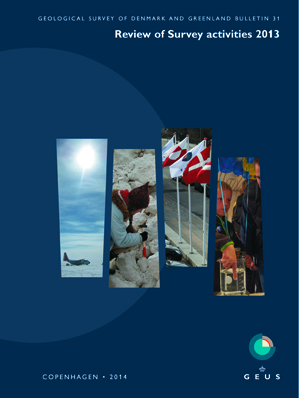
How to Cite
Share
Abstract
There is a huge potential for using CO2 gas to recover additional oil after water flooding in reservoir chalk. However, the injection of CO2 into chalk reservoirs will disturb the chemical equilibrium between formation water, injection water and chalk. A proper understanding of these CO2-induced interactions and the resulting changes in the physical properties at representative reservoir conditions is required. Unfortunately, reliable chemical data are rare because data cannot be acquired directly at reservoir conditions with present-day techniques. In published experiments, water samples are in many cases obtained at atmospheric conditions with the aid of a back-pressure regulator. Thus, water samples are not representative of in situ reservoir conditions and if proper care is not taken, the collected data cannot be used to judge the magnitude of the chemical reactions taking place at reservoir conditions. However, in some cases water obtained at laboratory conditions can give information on in situ reservoir conditions by using geochemical speciation models to account for dissolved gases that are lost from the effluents during sampling (Bachu & Adams 2003).
How to Cite
Share
Copyright (c) 2014 Claus Kjøller, John Zuta

This work is licensed under a Creative Commons Attribution 4.0 International License.
Downloads
Edited by Ole Bennike, Adam A. Garde and W. Stuart Watt
This Review of Survey activities presents a selection of 22 papers reflecting the wide spectrum of activities of the Geological Survey of Denmark and Greenland, from the microscopic to the plate-tectonic level.
The Survey's activities in Denmark and surrounding areas are illustrated [...]









